10 Smart Advertising Ideas for Small Businesses in 2025
- Chase McGowan

- 5 days ago
- 18 min read
As a small business owner, you're constantly told to "just run some ads." But this generic advice, often peddled by over-priced and bloated agencies, leads directly to wasted budgets and immense frustration. The problem isn't the advertising channel itself; it's the one-size-fits-all template applied by large firms that lack individual specialization. They charge exorbitant fees while failing to grasp the unique challenges of your business, handing your account to a junior manager while you pay for their overhead. This model is broken.
Effective advertising isn't about having the biggest budget; it's about being smarter and more agile. It's about partnering with an expert who understands your customers—a connection that faceless agencies simply can't replicate. While they are busy with internal meetings and justifying high retainers, you can be implementing strategies that deliver immediate, measurable impact with a dedicated specialist who is personally invested in your success.
This guide moves beyond the obvious, offering 10 practical and cost-effective advertising ideas for small businesses designed for real-world application. Each strategy is chosen to leverage your inherent strengths: authenticity, direct customer connection, and the ability to move quickly with a focused partner. We'll explore actionable tactics from local SEO and hyper-targeted PPC campaigns to community building and strategic partnerships. This isn't a theoretical overview; it's a playbook for achieving tangible growth without the complexity and underwhelming results of traditional agency engagements. Let’s dive into the tactics that deliver genuine ROI.
1. Social Media & Video Marketing
Social media and video marketing are powerful, low-cost advertising ideas for small businesses looking to connect directly with their target audience. This strategy involves creating and sharing content on platforms like Instagram, TikTok, Facebook, and YouTube to build a community, showcase products, and drive sales. Video, in particular, has become a cornerstone of this approach, offering a highly engaging format to tell your brand's story, demonstrate product value, and build trust.
Think of Blendtec's viral "Will It Blend?" series, where they blended everything from iPhones to golf balls. This simple yet brilliant video concept transformed a standard kitchen appliance company into a household name, demonstrating product durability in an unforgettable way. Similarly, Dollar Shave Club used a single, humorous explainer video to disrupt an entire industry. These examples show that you don't need a Hollywood budget; you need creativity and a clear understanding of your audience.
How to Get Started
Implementing a social media and video strategy is more accessible than ever. Start by identifying which platforms your ideal customers use most frequently.
Create Platform-Specific Content: What works on TikTok (short, trend-based videos) differs from LinkedIn (professional, educational content). Tailor your content to each platform's format and user expectations.
Start Simple: Your smartphone is a powerful video camera. Focus on good lighting and clear audio to create high-quality content without investing in expensive equipment initially.
Engage Authentically: Social media is a two-way street. Respond to comments and messages promptly to build a loyal community around your brand.
Use Clear Calls-to-Action (CTAs): Tell your viewers what to do next. Whether it's visiting your website, signing up for a newsletter, or making a purchase, a clear CTA is crucial for converting viewers into customers.
This is a foundational strategy for modern advertising. When you're ready to amplify your video content with paid ads, especially on platforms like YouTube, partnering with a specialist is far more effective than a large, impersonal agency. An expert consultant provides direct, one-on-one attention to maximize your ad spend for tangible results, avoiding the high overhead and generic templates of bigger firms. For an in-depth look, you can learn more about how to get advertisements on YouTube from a consultant's perspective.
2. Content Marketing (Blog & SEO)
Content marketing and Search Engine Optimization (SEO) are powerhouse advertising ideas for small businesses aiming to build long-term, organic growth. This strategy involves creating valuable and relevant content, such as blog posts and guides, that solves your audience's problems. By doing so, you attract potential customers naturally through search engines like Google, establishing your brand as a trusted authority in your industry.
Think of HubSpot, which built its entire marketing empire on an extensive blog that provides immense value to marketers, generating a constant stream of inbound leads. Similarly, Moz’s "Beginner's Guide to SEO" became an industry-defining resource, solidifying their authority and attracting loyal customers. These examples prove that by consistently answering your audience's questions, you can attract highly qualified traffic without paying for every click, creating a sustainable marketing asset.
How to Get Started
An effective content and SEO strategy focuses on being helpful and discoverable. You can begin building this valuable asset without a massive budget.
Target Long-Tail Keywords: Focus on longer, more specific search phrases (e.g., "best waterproof running shoes for flat feet" instead of "running shoes"). These have less competition and are often used by people closer to making a purchase.
Create Pillar Content: Develop comprehensive, in-depth guides on core topics related to your business. Link out from these pillar pages to more specific, related blog posts to build a strong internal linking structure.
Optimize Every Post: Ensure each piece of content has a clear title, meta description, and uses relevant keywords naturally. Good on-page SEO is fundamental for ranking well.
Refresh Old Content: Don't just publish and forget. Regularly update your older blog posts with new information, statistics, and images to keep them relevant and maintain their search rankings.
This inbound strategy is foundational for sustainable lead generation. Building your keyword foundation is critical, and this is a task where bloated agencies often apply generic, one-size-fits-all strategies that miss niche opportunities. An individual expert consultant provides specialized, direct guidance to uncover the high-intent keywords that will drive real business results. For a detailed guide on this process, you can learn more about how to build an effective keyword list for SEO success.
3. Email Marketing & Automation
Email marketing and automation are among the most effective, high-ROI advertising ideas for small businesses. This strategy involves building a list of subscribers and sending them targeted messages, from newsletters and promotions to automated sequences triggered by their actions. Unlike social media, where algorithms control your reach, an email list is a direct line of communication you own, allowing you to nurture leads and foster customer loyalty.
Consider how major brands leverage this channel. Shopify’s abandoned cart sequences automatically email shoppers who leave items behind, recovering a significant percentage of otherwise lost sales. Similarly, Starbucks uses its Rewards program to send highly personalized offers based on purchase history, encouraging repeat visits and higher spending. These examples show that the power of email lies in its ability to deliver the right message to the right person at the right time.
How to Get Started
Building a successful email marketing strategy is about providing value, not just sending promotions. Start by choosing a platform like Mailchimp, ConvertKit, or Klaviyo.
Build Your List Organically: Offer a valuable incentive, or "lead magnet," in exchange for an email address. This could be a free guide, a checklist, a webinar, or a discount on their first purchase.
Segment Your Audience: Don't send the same message to everyone. Group subscribers by their interests, purchase history, or how they joined your list. This allows for more personalized and effective campaigns.
Focus on Value and Personalization: Each email should offer something useful or interesting. Personalize content beyond just the subscriber's first name by referencing their past purchases or expressed interests.
Automate Key Touchpoints: Set up automated "welcome" series for new subscribers, abandoned cart reminders for e-commerce, and follow-up sequences after a purchase to build a relationship and encourage repeat business.
Email marketing is a foundational asset you control completely. As your business grows, integrating it with paid ad funnels driven by Google Ads becomes critical. An individual specialist can help you align these systems with precision, ensuring your ad spend efficiently captures and nurtures leads. This targeted approach avoids the high costs and generalized strategies of larger agencies, focusing your budget on building a valuable, long-term asset with an expert who understands your entire funnel.
4. Local SEO & Google My Business Optimization
For small businesses serving a specific geographic area, local SEO is one of the most powerful and cost-effective advertising ideas available. This strategy focuses on optimizing your digital presence to appear in local search results, particularly when customers search for products or services "near me." It involves claiming and enhancing your Google Business Profile (formerly Google My Business), building local citations, and gathering customer reviews to dominate the local map pack and attract nearby customers who are ready to buy.
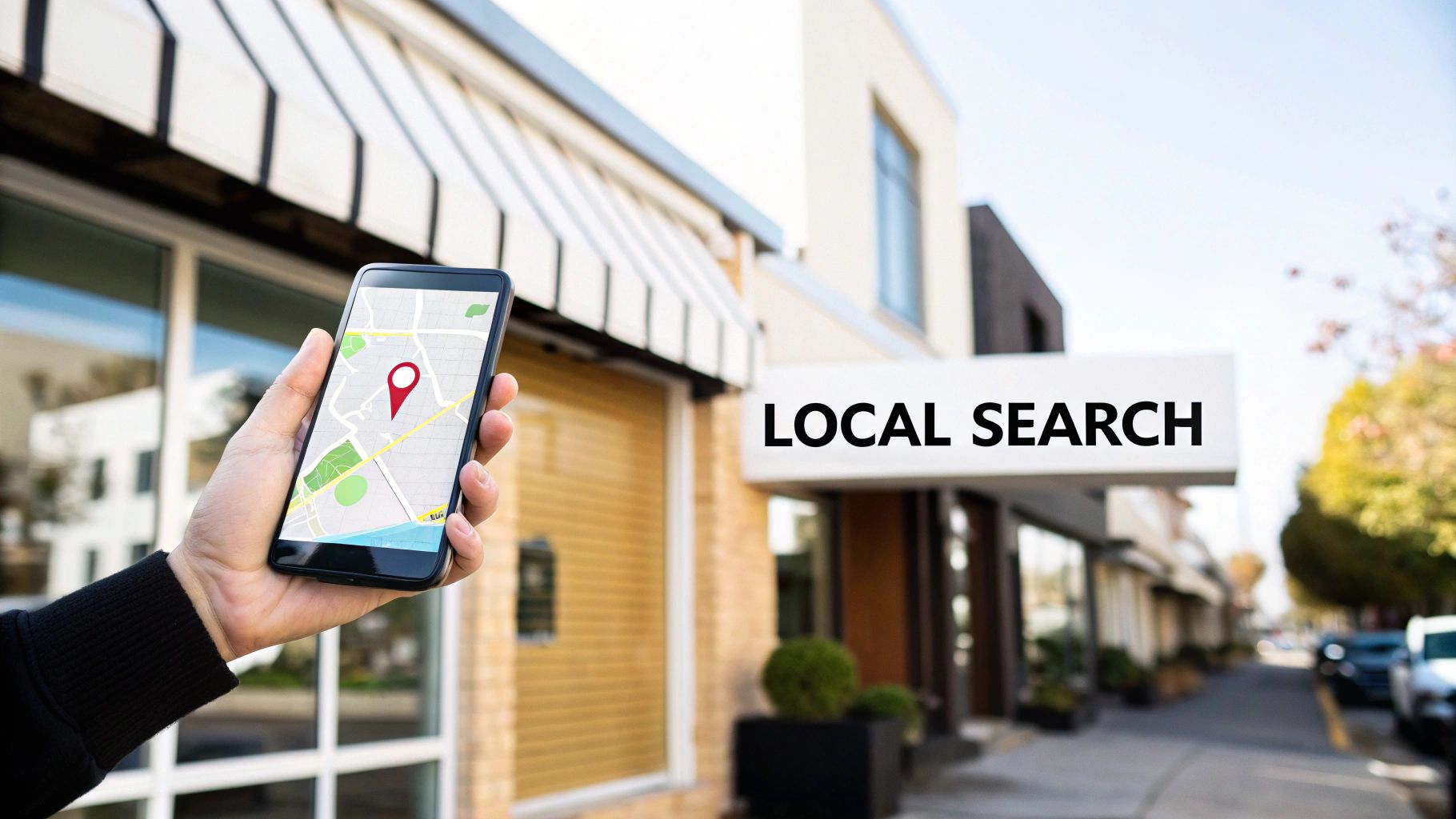
Think of a local plumber who ranks at the top of Google Maps for an "emergency plumber near me" search. This prime visibility doesn't happen by accident; it's the result of meticulous GMB optimization, a steady stream of positive reviews, and accurate business information across the web. Similarly, a hair salon can attract a surge of new clients by appearing in the local "3-pack" on Google, driven by customer photos and glowing reviews. These examples prove that winning in local search is about building trust and visibility directly within your community.
How to Get Started
Optimizing for local search is a direct way to connect with high-intent customers. Start by treating your Google Business Profile as a second homepage.
Complete Your Profile Meticulously: Fill out every single section of your Google Business Profile, including services, products, operating hours, and accessibility information. Accuracy is key.
Encourage and Respond to Reviews: Actively ask satisfied customers for reviews and make it a habit to respond to all feedback, both positive and negative. This shows Google and potential customers that you are engaged.
Build Consistent Citations: Ensure your business name, address, and phone number (NAP) are consistent across all online directories like Yelp, Yellow Pages, and industry-specific sites.
Use Google Posts Regularly: Share updates, offers, and news directly on your GMB profile using Google Posts. This keeps your listing fresh and provides more information to searchers.
This strategy is fundamental for any brick-and-mortar business. To ensure your local online presence is fully optimized, consider following a comprehensive local SEO checklist that covers all the critical ranking factors.
5. Pay-Per-Click (PPC) Advertising (Google Ads & Facebook Ads)
Pay-Per-Click (PPC) advertising is one of the most direct and measurable advertising ideas for small businesses. This strategy allows you to place ads on platforms like Google Search and Facebook, and you only pay when someone clicks on your ad. It offers immediate visibility, placing your business in front of customers at the very moment they are searching for your products or services, providing a powerful way to generate targeted traffic and leads quickly.
Consider an e-commerce brand using Google Shopping ads to show their products directly in search results, leading to immediate sales from high-intent buyers. Similarly, a local service business like a plumber can use Google Search ads to appear at the top of the page when someone frantically searches "emergency plumber near me." These examples highlight PPC's strength: it connects you with motivated customers who are actively looking for a solution you provide, delivering a strong, measurable return on investment.
How to Get Started
Launching a successful PPC campaign requires a strategic approach rather than just a large budget. Start small, test relentlessly, and scale what works.
Focus on High-Intent Keywords: For Google Ads, target long-tail keywords (e.g., "buy handmade leather journal online") that indicate a strong desire to purchase, rather than broad terms ("journals").
Start with a Small, Controlled Budget: You can begin with as little as $5-$10 per day to gather data, test ad copy, and understand what resonates with your audience before scaling up.
Implement Conversion Tracking: This is non-negotiable. Set up tracking to measure which ads and keywords are driving actual sales or leads, allowing you to calculate your true ROI.
Use Ad Extensions and Negative Keywords: Enhance your ads with sitelinks and call extensions to provide more information. Use negative keywords to prevent your ads from showing for irrelevant searches, which saves you money.
PPC is where the difference between a specialist consultant and a bloated agency becomes crystal clear. An individual expert lives and breathes campaign performance, meticulously optimizing bids and ad copy to maximize your ROI. Large agencies often assign your account to a junior manager who applies a generic template, draining your budget with high overhead. An expert consultant cuts through the bureaucracy to deliver focused, high-impact results. For a deeper dive, explore Google Ads campaign management with a specialized consultant.
6. Influencer & Micro-Influencer Partnerships
Influencer and micro-influencer partnerships are among the most effective advertising ideas for small businesses seeking to build trust and reach niche audiences. This strategy involves collaborating with creators who have an engaged following to promote your products or services. Unlike traditional celebrity endorsements, this approach leverages the authentic connection influencers have with their community. Micro-influencers (typically 10,000 to 100,000 followers) are particularly valuable, often delivering higher engagement rates and a stronger return on investment.
Think of Daniel Wellington, the watch brand that grew into a global powerhouse almost entirely through influencer marketing. They sent free watches to thousands of influencers, who then posted photos with a unique discount code for their followers. This created a massive wave of user-generated content and social proof that felt organic, not forced. Similarly, Gymshark became a fitness apparel giant by building long-term partnerships with fitness micro-influencers who genuinely used and loved their products, turning them into passionate brand ambassadors.
How to Get Started
Building a successful influencer marketing campaign requires careful planning and a focus on authentic relationships rather than just follower counts.
Find Niche-Specific Micro-Influencers: Focus on creators whose audience perfectly matches your target customer. An influencer with 15,000 highly engaged followers in your niche is far more valuable than one with 200,000 disinterested followers.
Verify Engagement, Not Just Followers: Look beyond the follower count. Analyze their average likes, comments, and shares to gauge their true influence. A high follower count with low engagement is a red flag for fake followers or a disengaged audience.
Offer Flexible Partnership Models: You don't always need a large budget. Many micro-influencers are open to product-for-post exchanges or affiliate arrangements where they earn a commission on sales they generate.
Track Your ROI Clearly: Provide each influencer with a unique discount code or trackable affiliate link. This is the simplest way to measure which partnerships are driving actual sales and allows you to calculate a clear return on ad spend.
This strategy taps into the power of trusted recommendations. When you're ready to amplify your successful influencer content, working with an expert consultant can help you translate that momentum into a targeted ad campaign. A specialist will ensure your budget is spent efficiently to reach lookalike audiences, avoiding the high overhead and generic targeting of a large, impersonal agency.
7. Customer Referral & Word-of-Mouth Programs
Customer referral and word-of-mouth programs are potent, low-cost advertising ideas for small businesses aiming to leverage their happiest customers as a sales force. This strategy incentivizes existing clients to recommend your products or services to their network, turning trusted personal endorsements into high-quality leads. Because the recommendation comes from a known source, referrals often have significantly higher conversion rates and lower acquisition costs than traditional advertising.

How to Get Started
Building an effective referral program is about making it simple, rewarding, and visible. Start by defining what a successful referral looks like for your business and what incentives will motivate your customers.
Make Sharing Effortless: Provide customers with a unique referral link or code that is easy to find and share with one click on social media, email, or messaging apps.
Incentivize Both Parties: Reward both the referrer for sending a new customer and the new customer for making their first purchase. This dual-sided approach increases participation rates.
Promote Your Program: Actively market your referral program through email newsletters, on your website homepage, within your app, and on order confirmation pages.
Track and Optimize: Use software to track where referrals are coming from and which incentives perform best. Don't be afraid to test different reward structures to find what works.
This strategy capitalizes on the trust you have already built with your customer base, making it one of the most cost-effective advertising ideas for small businesses. To leverage the immense power of word-of-mouth, consider implementing these powerful referral marketing strategies.
8. Partnerships & Co-Marketing Collaborations
Partnerships and co-marketing collaborations are powerful advertising ideas for small businesses looking to expand their reach without a significant budget increase. This strategy involves teaming up with a complementary, non-competing business to share audiences and marketing costs. By leveraging another brand's established trust and customer base, you can efficiently access new potential customers who are already interested in a similar niche.
A classic example is the collaboration between GoPro and Red Bull. By co-branding extreme sports events, both companies reinforced their images as high-energy, adventure-focused brands, mutually benefiting from the shared exposure. Similarly, the integration between Spotify and Hulu to offer a bundled subscription service provided immense value to customers while cross-promoting both platforms to highly aligned audiences. These partnerships show how combining resources can create a marketing impact greater than the sum of its parts.
How to Get Started
Building a successful partnership requires finding the right fit and setting clear expectations. Start by identifying businesses that serve your ideal customer profile but offer different products or services.
Identify Aligned Partners: Look for businesses in your local community or online niche whose customers could benefit from your offerings. A local gym, for instance, could partner with a healthy meal prep service.
Establish Clear Terms: Before launching any campaign, create a simple agreement outlining each partner's responsibilities, the campaign goals, and how you will measure success. Clarity prevents future misunderstandings.
Co-Create Valuable Content: Develop a joint offer, a co-hosted webinar, or a collaborative giveaway that provides genuine value to both audiences. This makes the cross-promotion feel authentic rather than just a sales pitch.
Promote Across Channels: Leverage each other's marketing channels. Share the collaboration on social media, in email newsletters, and on your respective websites to maximize reach.
This strategy is about finding a win-win scenario that amplifies your marketing efforts. When it's time to drive traffic to your offer using paid ads, working with a specialized consultant ensures your shared budget is used effectively. An expert can create a highly targeted campaign that speaks to both audiences, delivering better results than a generic agency approach that lacks the nuance for a collaborative campaign.
9. Events & Networking (In-Person & Virtual)
Hosting or participating in events, both in-person and virtual, is a powerful advertising idea for small businesses that builds direct relationships and establishes authority. This strategy involves creating memorable brand experiences through webinars, workshops, trade shows, and meetups to generate high-quality leads. Instead of just broadcasting a message, events create an interactive environment where you can engage with potential customers on a personal level.

Consider how HubSpot’s INBOUND conference evolved from a small user gathering into a massive industry event, positioning the company as a marketing leader. On a smaller scale, a local accounting firm could host a free webinar on "Tax Tips for Freelancers" to attract qualified local leads. These examples show that events provide a platform to demonstrate expertise, build trust, and connect with an audience ready to engage.
How to Get Started
An effective event strategy begins with clear goals and meticulous planning. Start by defining what you want to achieve, whether it’s lead generation, brand awareness, or direct sales.
Define Clear Objectives: Before planning, know your primary goal. Are you trying to capture 50 new leads, build your email list, or close three new clients? Your objective will shape every decision.
Promote Heavily: Use a multi-channel approach to promote your event. Announce it on social media, send email invitations, run targeted ads, and encourage speakers or partners to share it with their networks.
Repurpose Your Content: Record your webinar, workshop, or presentation. This content can be repurposed into blog posts, social media clips, and lead magnets, extending the value of your event long after it's over.
Follow Up Promptly: The real work begins after the event. Follow up with all attendees within 24-48 hours to thank them for coming, share resources, and nurture the new relationship.
When promoting your event, using targeted ads is crucial. A specialized consultant can create a lean, effective ad campaign that outperforms a large agency's bloated, one-size-fits-all approach. An individual expert focuses on your specific goals to attract genuinely interested attendees, ensuring your ad budget isn't wasted on generating useless clicks. To dive deeper, you can find a consultant's guide on how to advertise an event for more attendees.
10. Community Building & Online Communities
Community building is one of the most powerful, long-term advertising ideas for small businesses, shifting the focus from transactional selling to fostering genuine relationships. This strategy involves creating a dedicated space, like a Facebook Group, Slack channel, or Discord server, where your customers can connect with each other and your brand. An engaged community drives immense loyalty, provides invaluable customer insights, and transforms customers into passionate brand advocates.
Consider the wildly successful communities built by Peloton and CrossFit. These brands didn't just sell a product; they created a lifestyle and a sense of belonging. Members support each other, share successes, and evangelize the brand, creating a self-sustaining marketing engine. Similarly, software companies like Notion leverage platforms like Reddit and Discord to let users share templates and tips, which deepens product engagement and reduces the need for extensive customer support.
How to Get Started
Building a thriving community is about nurturing connections, not just broadcasting promotions. Start small and focus on providing value first.
Choose the Right Platform: Go where your audience already is. If they are professionals, a Slack or LinkedIn Group might be best. If they are hobbyists or gamers, Discord or a subreddit could be ideal.
Establish Clear Guidelines: Set the tone from day one with clear rules for engagement to ensure the space remains positive and constructive.
Seed the Community with Value: Initially, you will need to spark conversations. Share exclusive content, ask insightful questions, and feature member success stories to encourage participation.
Create Exclusive Benefits: Reward members for their participation with early access to products, exclusive discounts, or special content. This makes them feel like valued insiders and reinforces their loyalty.
This strategy turns marketing into a collaborative effort. While it requires a long-term commitment, the payoff is a resilient brand with a built-in defense against competitors. When you're ready to use paid ads to grow your community, a specialized consultant can target the right people far more effectively than a large agency. An expert focuses on precise campaigns that attract high-quality members, ensuring your ad spend directly contributes to building a valuable brand asset.
10 Small-Business Advertising Strategies Compared
Strategy | 🔄 Implementation Complexity | ⚡ Resource Requirements | 📊 Expected Outcomes (Timeframe) | 💡 Ideal Use Cases | ⭐ Key Advantages |
|---|---|---|---|---|---|
Social Media & Video Marketing | High ongoing complexity; platform-specific formats and consistent content cadence | Moderate budget and time; phone/camera, editing skills, social tools; $0–$2k+/mo | High engagement and brand awareness; trust-building; organic growth 2–6 months; immediate results for paid/viral | Consumer brands, product demos, awareness and community building | Highest engagement; repurposable content; strong trust & discoverability (YouTube SEO) |
Content Marketing (Blog & SEO) | Moderate setup; requires SEO know-how and steady publishing | Time-intensive; writing/SEO tools or agency $0–$5k+/mo | Sustained organic traffic and inbound leads; 3–12+ months for major impact | B2B, education, high-consideration purchase journeys, thought leadership | Long-term ROI; authority building; compounding organic traffic |
Email Marketing & Automation | Low–moderate; initial automation design and segmentation setup | Low recurring cost; ESP/CRM $0–$300+/mo; copywriting and list growth effort | Very high ROI; immediate campaign lift; list growth to scale in 3–6 months | Retention, e‑commerce, lead nurturing, cart recovery | Direct inbox access; scalable automation; best ROI per spend |
Local SEO & Google My Business | Low setup; ongoing review and citation management | Low cost tools $0–$500/mo; time for review generation | High-intent local visibility and conversions; 4–12 weeks for noticeable gains | Brick-and-mortar, local services, appointment-based businesses | Cost-effective; drives foot traffic; strong conversion from local queries |
Pay-Per-Click (PPC) Advertising | Medium–high; requires continuous optimization and bid management | Significant ad spend $500–$5k+/mo; landing page and analytics resources | Immediate visibility; measurable ROI within weeks after optimization | Demand capture, e‑commerce promotions, time-sensitive offers | Fast results; precise targeting; easily scalable |
Influencer & Micro-Influencer Partnerships | Medium; vetting, contracts, and relationship management | Campaign-based budgets $500–$50k+; coordination resources | Quick audience reach; first content in 2–4 weeks; sales impact 2–3 months | DTC, fashion, lifestyle, niche communities, product launches | Authentic endorsements; niche audience access; user-generated content |
Customer Referral & Word-of-Mouth Programs | Low–moderate; need tracking, legal compliance, and reward flows | Low–moderate incentives $0–$1k+/mo; tracking tools | Very high conversion rates; builds momentum in 2–3 months; ongoing growth | SaaS, subscriptions, consumer apps, referral-friendly products | Lowest CAC; higher LTV for referred users; viral organic growth |
Partnerships & Co-Marketing Collaborations | Medium; partner selection, coordination and clear terms required | Shared costs $0–$5k+; joint content and promotion resources | Accelerated reach; measurable lift 1–3 months post-activation | Complementary businesses, market expansion, bundled offers | Access to partner audiences; shared cost and credibility boost |
Events & Networking (In-Person & Virtual) | High; significant planning, logistics and promotion | High resource needs $1k–$50k+; venue/platform, speakers, marketing | High-quality leads and authority; immediate and long-tail benefits; 3–6 months planning | B2B lead gen, product launches, industry thought leadership | Deep engagement; memorable brand experiences; rich lead quality |
Community Building & Online Communities | High ongoing effort; moderation and engagement required | Moderate time investment; community manager $0–$1k+/mo | Loyal advocates and retention; 6–12 months to become self-sustaining | Niche products, SaaS, creator brands, customer support communities | Strong brand loyalty; customer insights; reduced support load |
Your Next Move: Choosing the Right Partner for Growth
We've explored a comprehensive toolkit of ten powerful advertising ideas for small businesses, from the community-driven power of Local SEO to the scalable reach of content marketing and pay-per-click campaigns. Each strategy offers a unique pathway to connect with your audience, but success isn't about choosing a tactic—it's about mastering its execution with the right partner.
The common thread is the need for a strategic, data-driven approach. Whether you're bidding on keywords in Google Ads or promoting a webinar, success hinges on meticulous optimization and a deep understanding of your customer. This is where most small businesses face a critical decision.
The Pitfall of the "One-Size-Fits-All" Agency Model
Many small businesses, seeking help, turn to traditional marketing agencies and are met with frustration. These bloated firms charge substantial retainers only to assign your account to a junior manager juggling dozens of other clients. The result is a generic, templated strategy that completely misses the nuances of your business.
You end up paying premium prices for surface-level work, caught in layers of bureaucracy with account managers who lack deep, specialized expertise in platforms like Google Ads. Your budget is drained by their overhead, not by effective ad spend that generates real returns. This model is fundamentally broken for a small business where every dollar and decision counts.
The Specialist Advantage: Your Direct Path to ROI
Your greatest advantage is the ability to partner with a dedicated expert who is personally invested in your success. This is where a specialist consultant is fundamentally different from a large agency. Instead of navigating a complex hierarchy, you get direct, one-on-one access to an experienced professional whose sole focus is maximizing your results.
As a dedicated Google Ads consultant, I operate on a different philosophy. I don't use generic playbooks or hand off your account. I work directly with you to build, manage, and meticulously optimize every aspect of your campaigns. My singular focus is delivering a transparent, data-driven strategy tailored to your specific goals and maximizing your return on ad spend (ROAS). You get deep, specialized expertise without the exorbitant fees, inefficiency, and impersonal service of a traditional agency. This direct partnership ensures your advertising is not just another task, but a top priority.
By choosing to work with an individual specialist, you are investing in a partner committed to your growth. We'll bypass the generic advice and focus on actionable insights that turn powerful advertising ideas for small businesses like PPC into your most profitable revenue stream.
Ready to replace generic strategies with a data-driven partner committed to your growth? At Come Together Media LLC, I provide the specialized, one-on-one Google Ads expertise that over-priced agencies can't match. Schedule a free, no-obligation consultation today to identify immediate opportunities to improve your campaign performance at Come Together Media LLC.




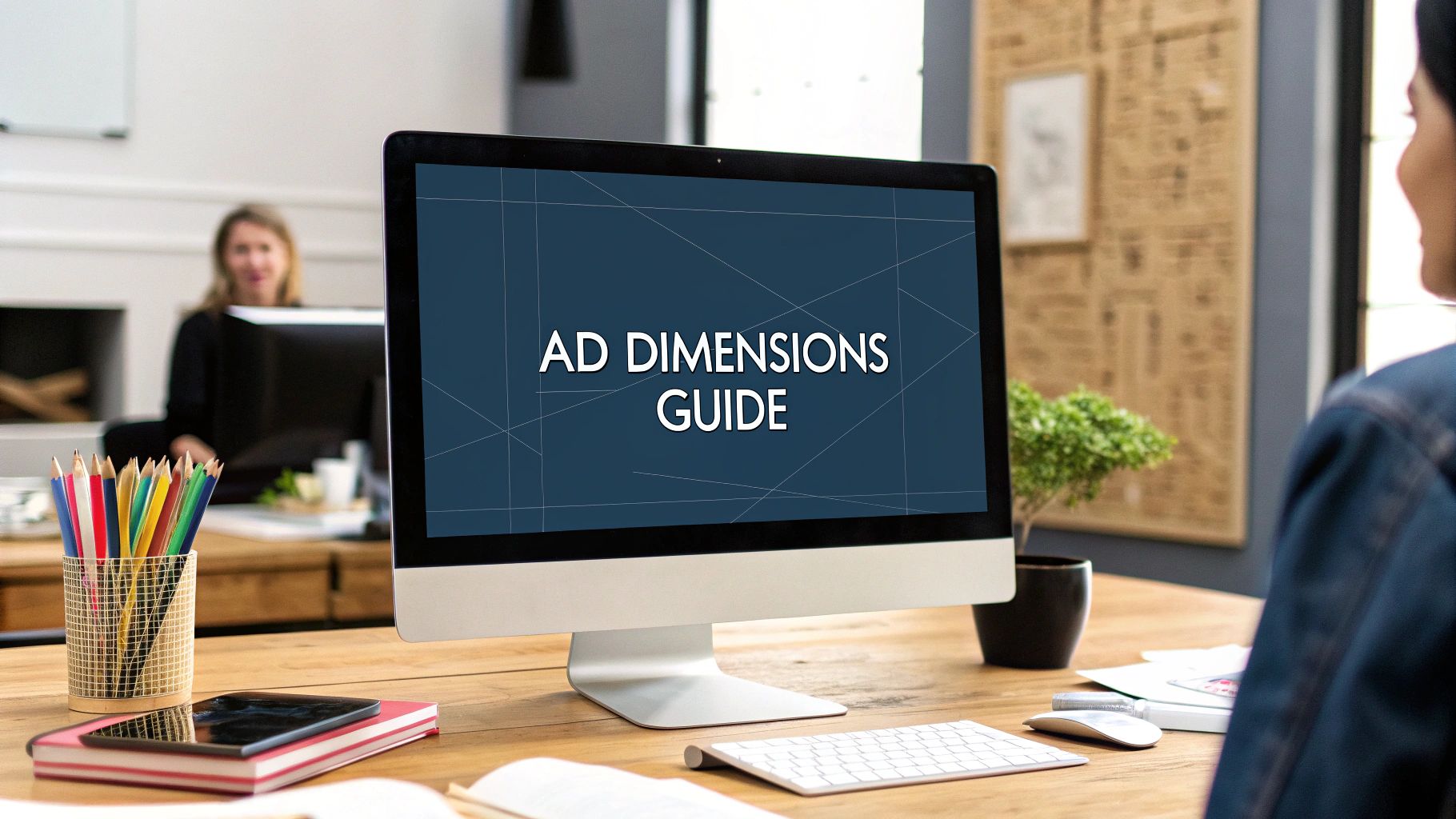

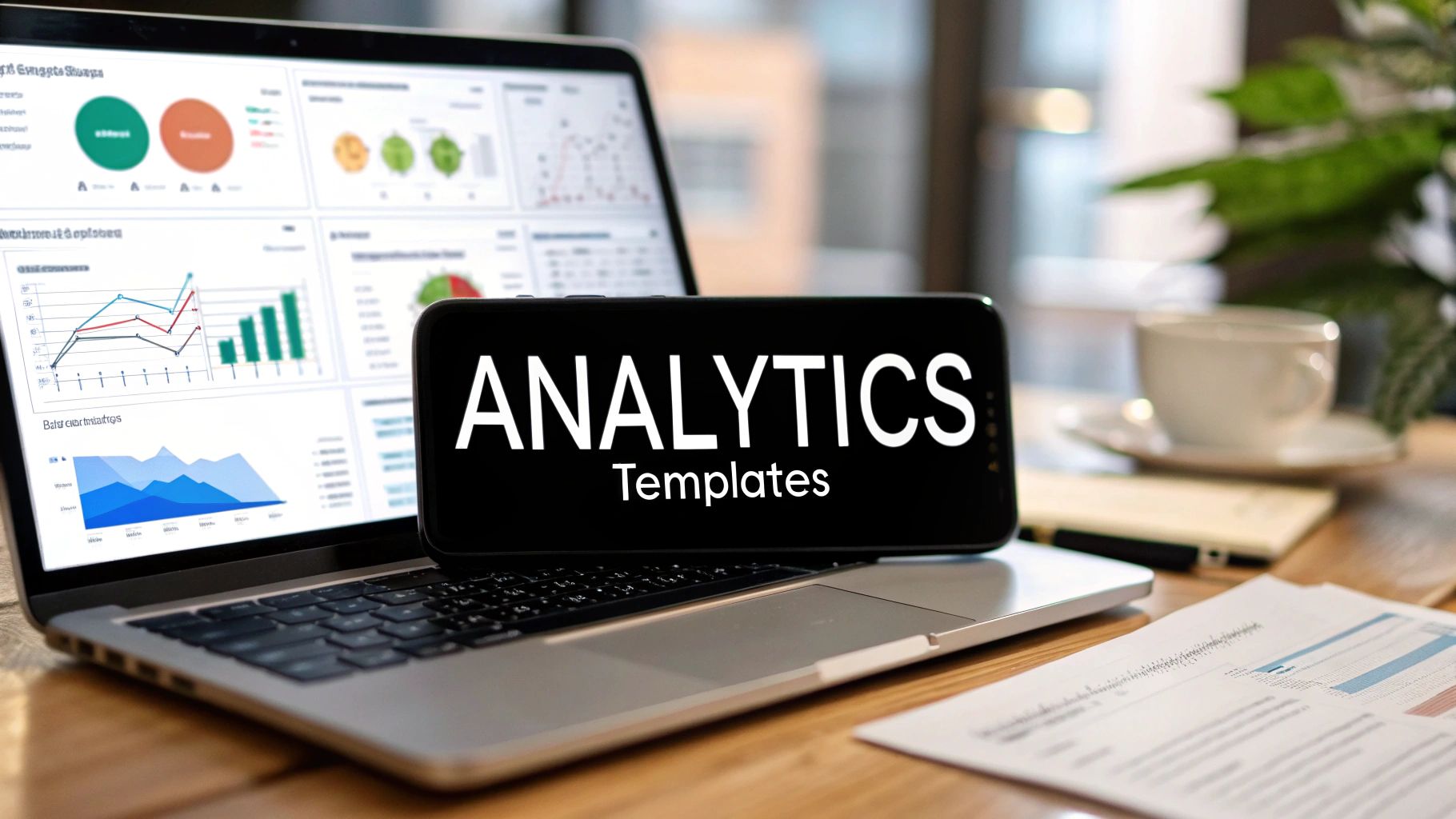
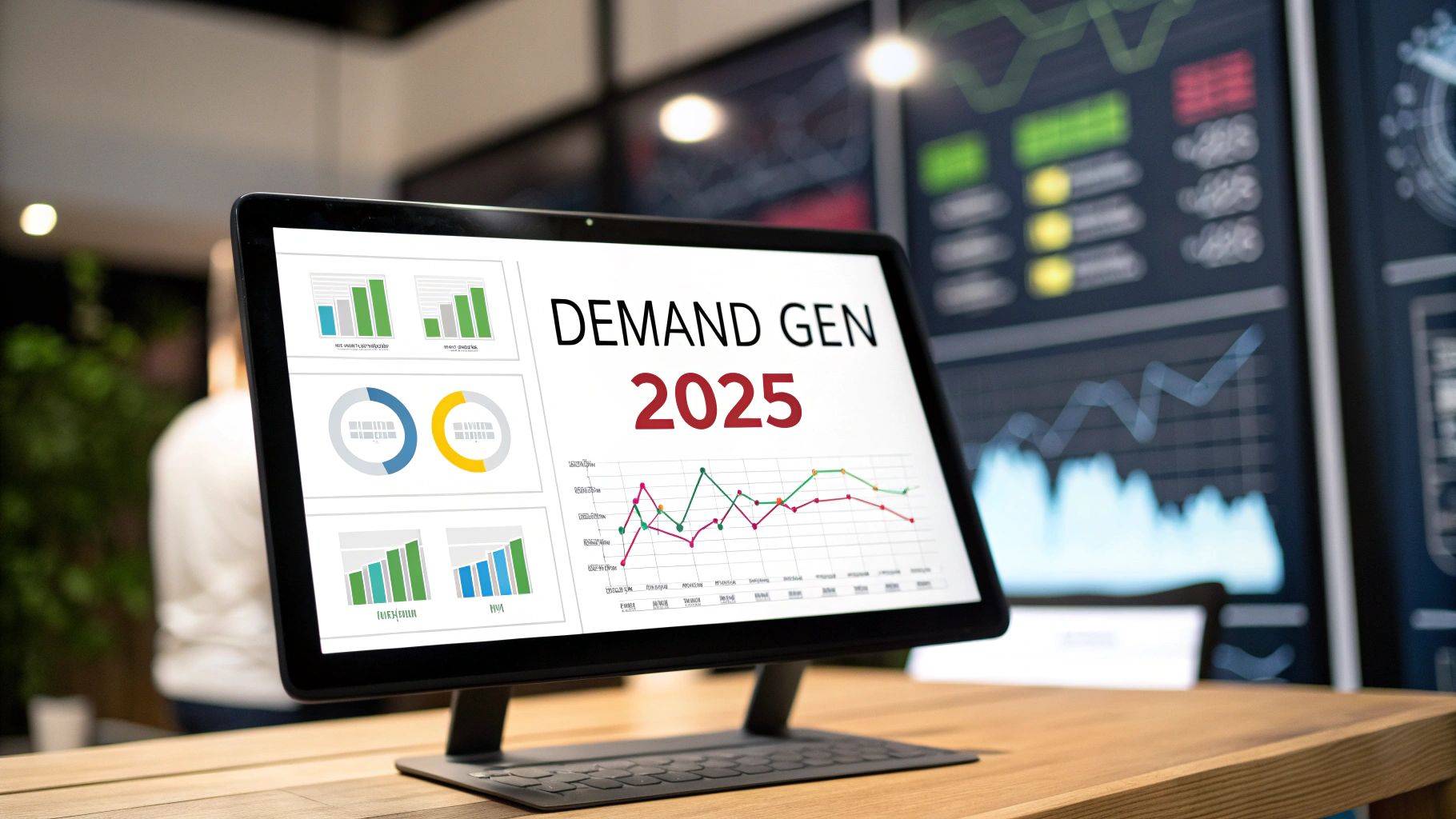

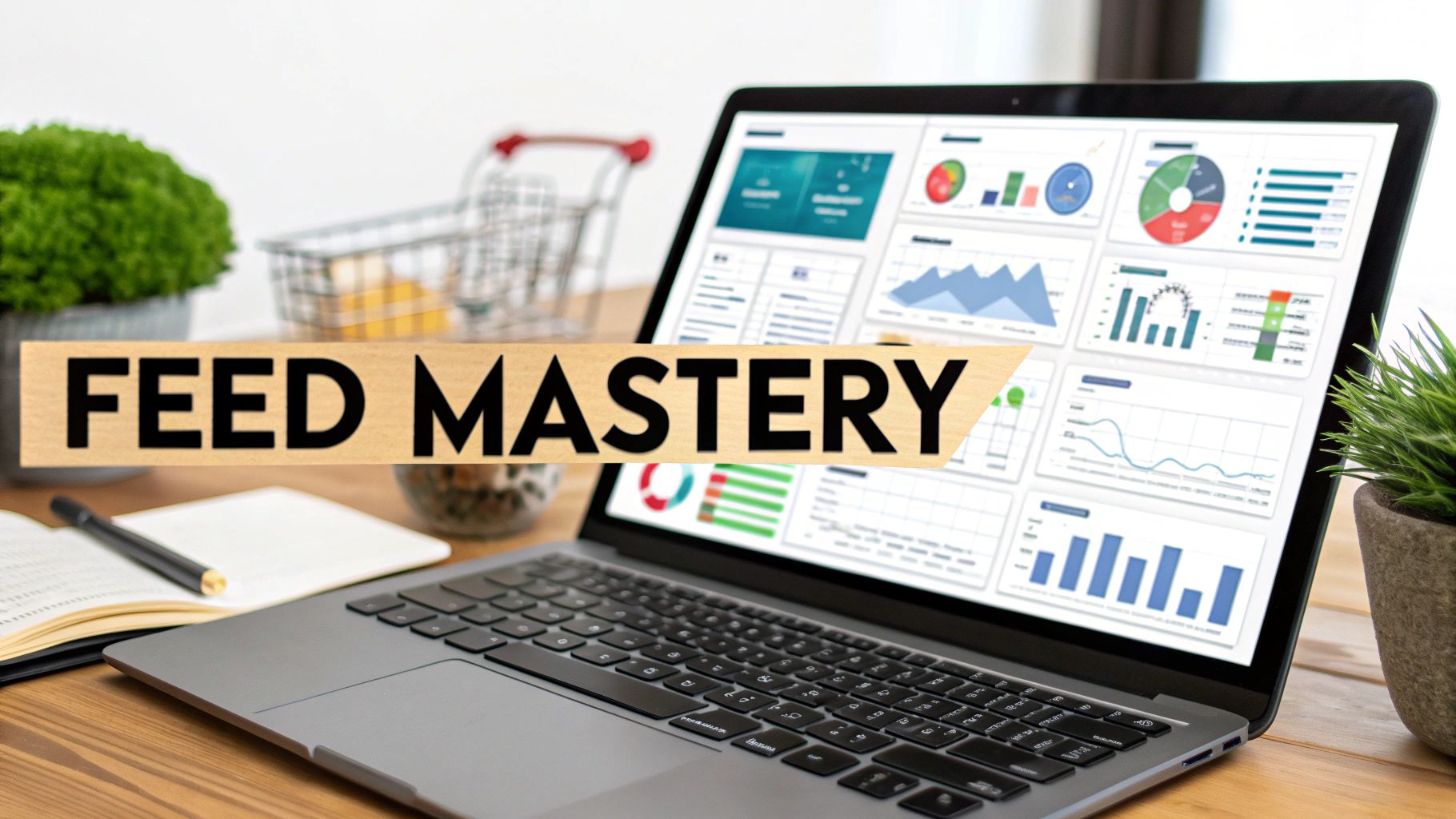

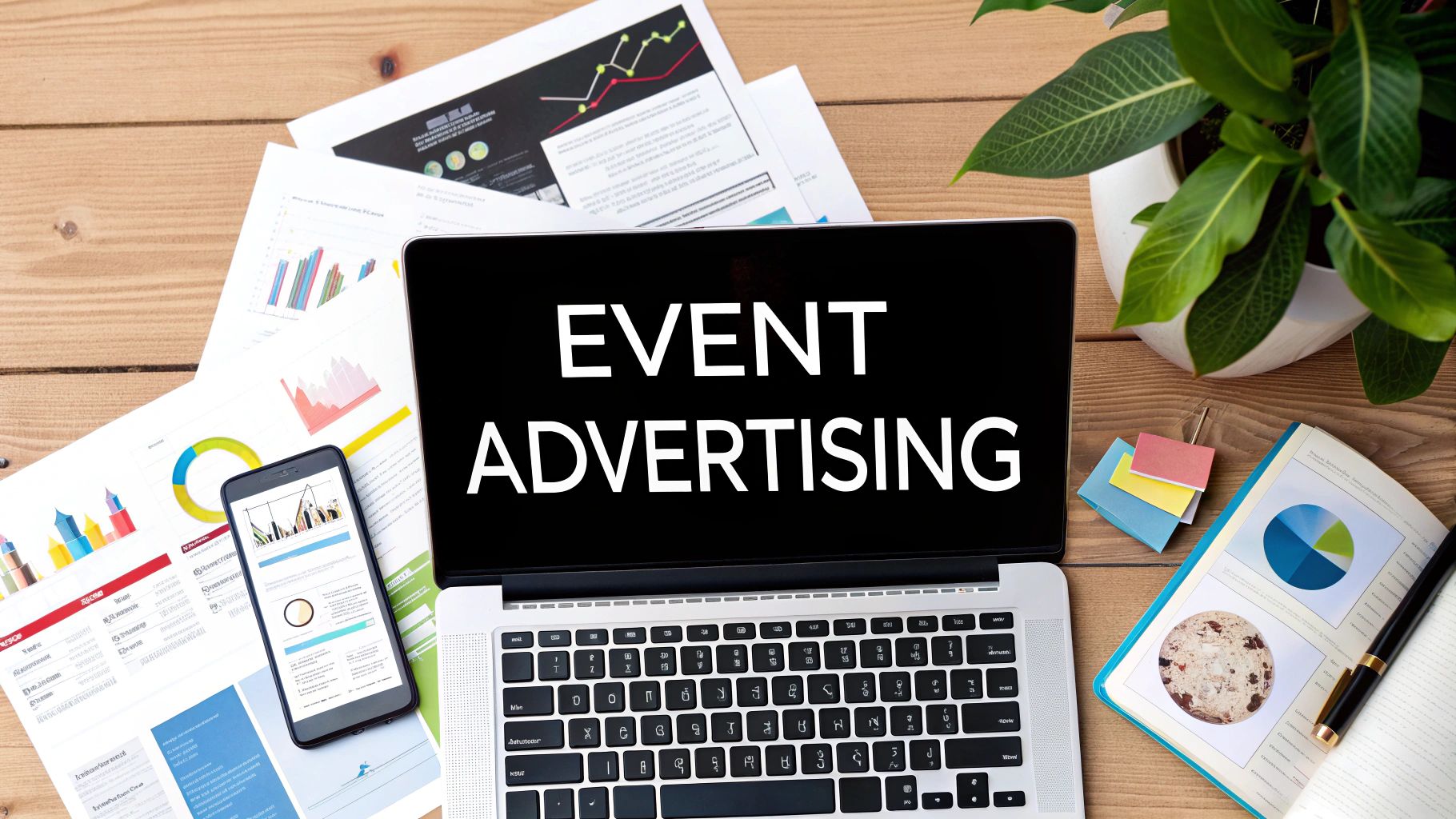
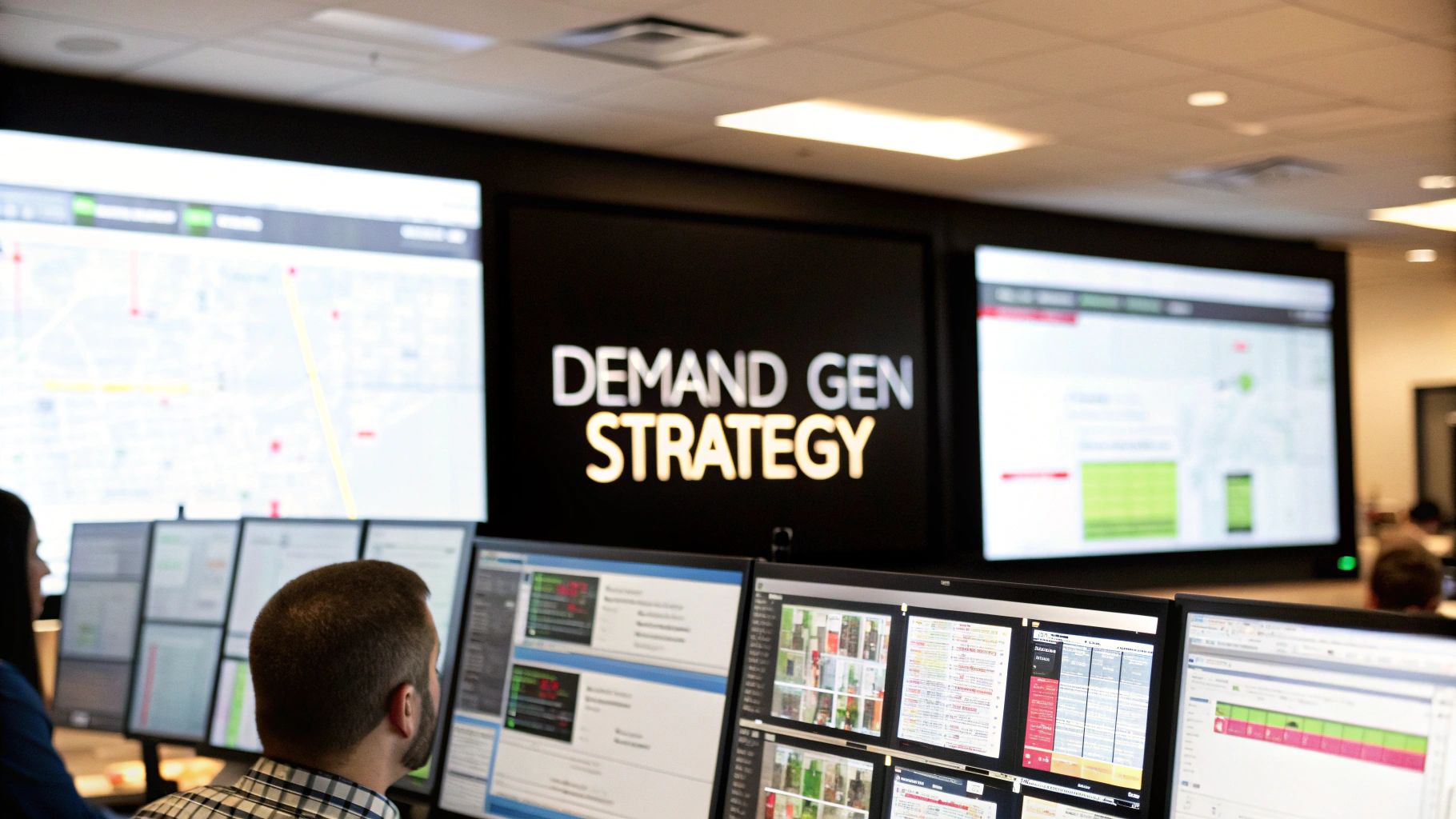
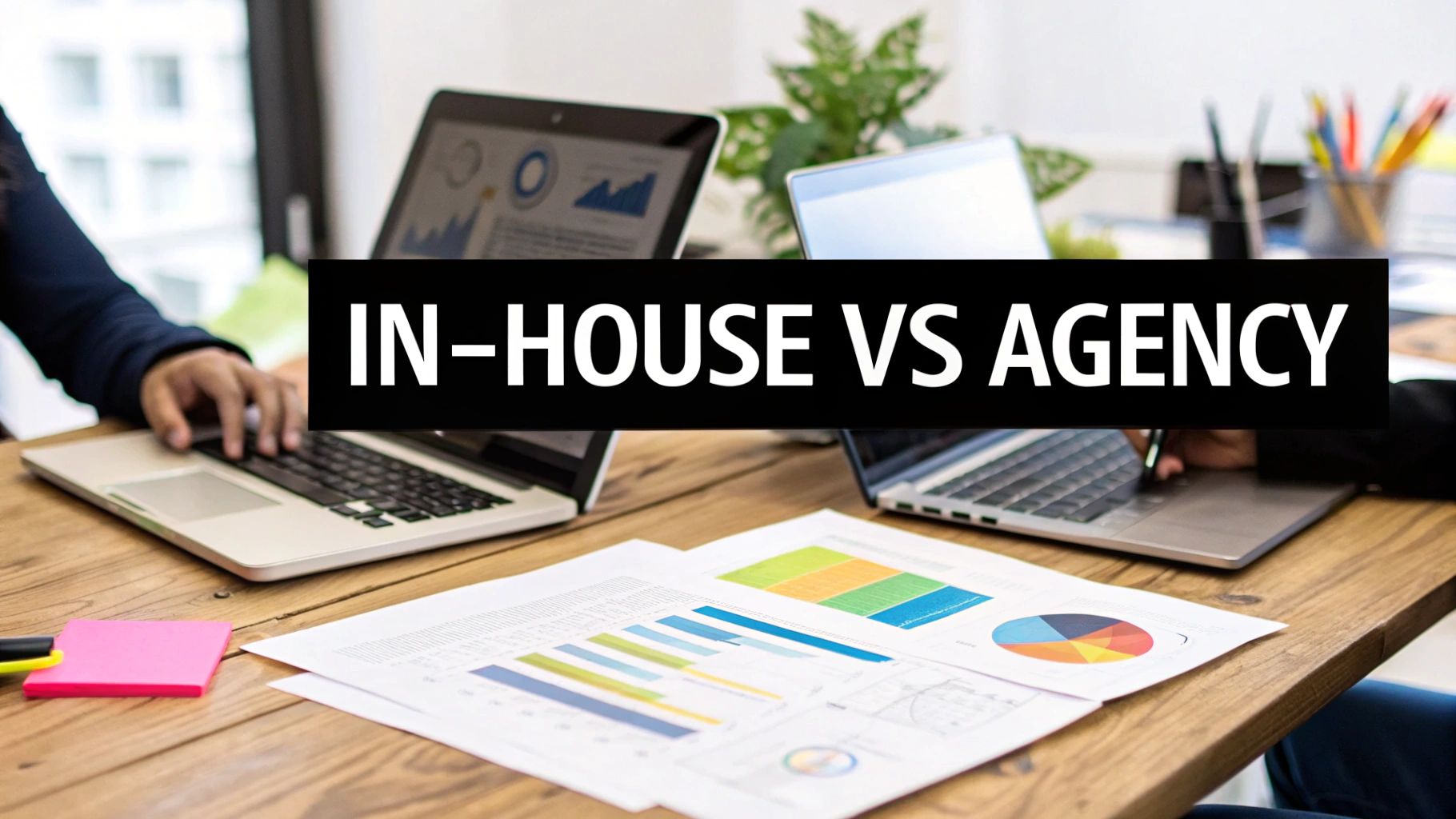
Comments